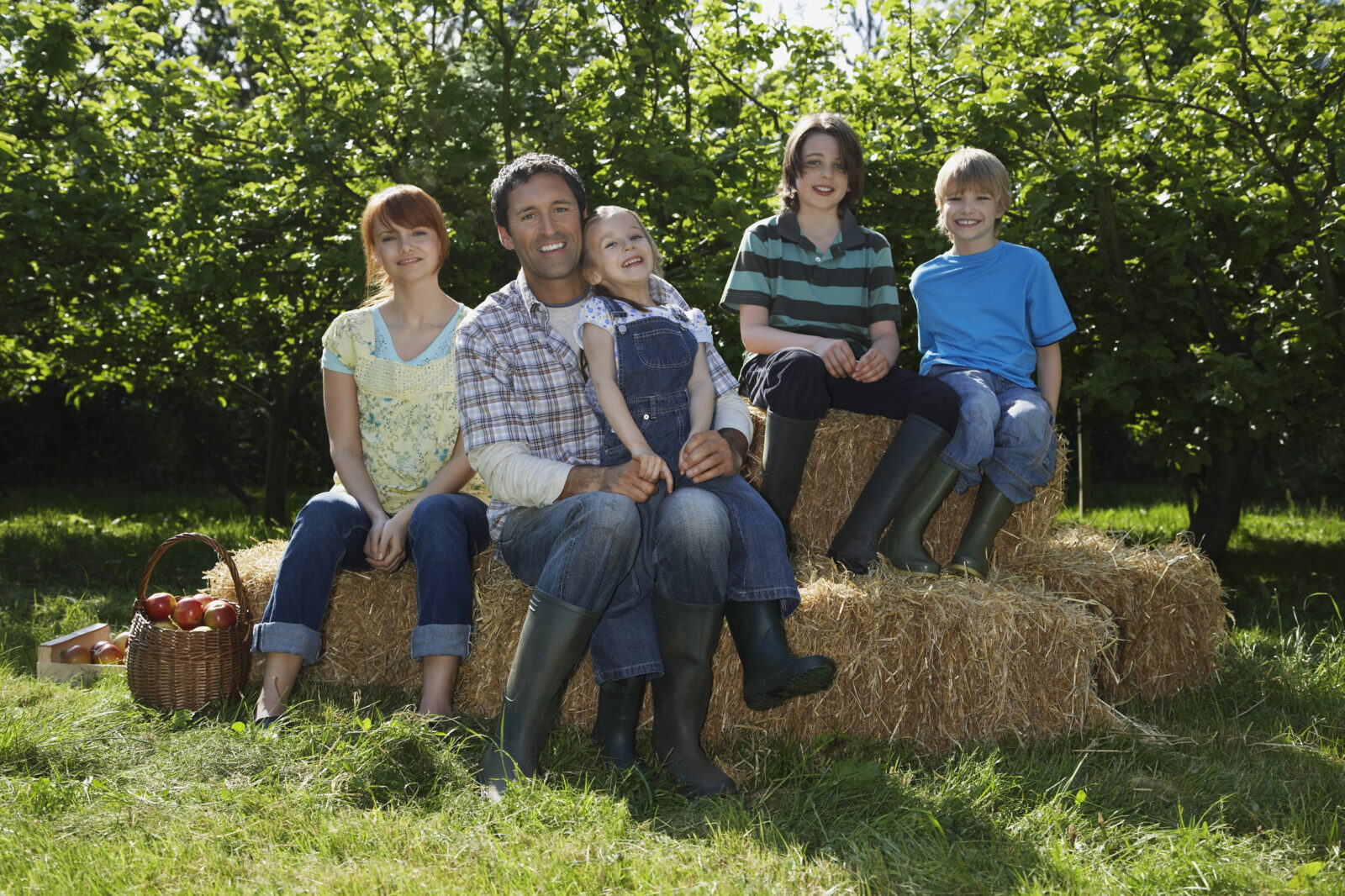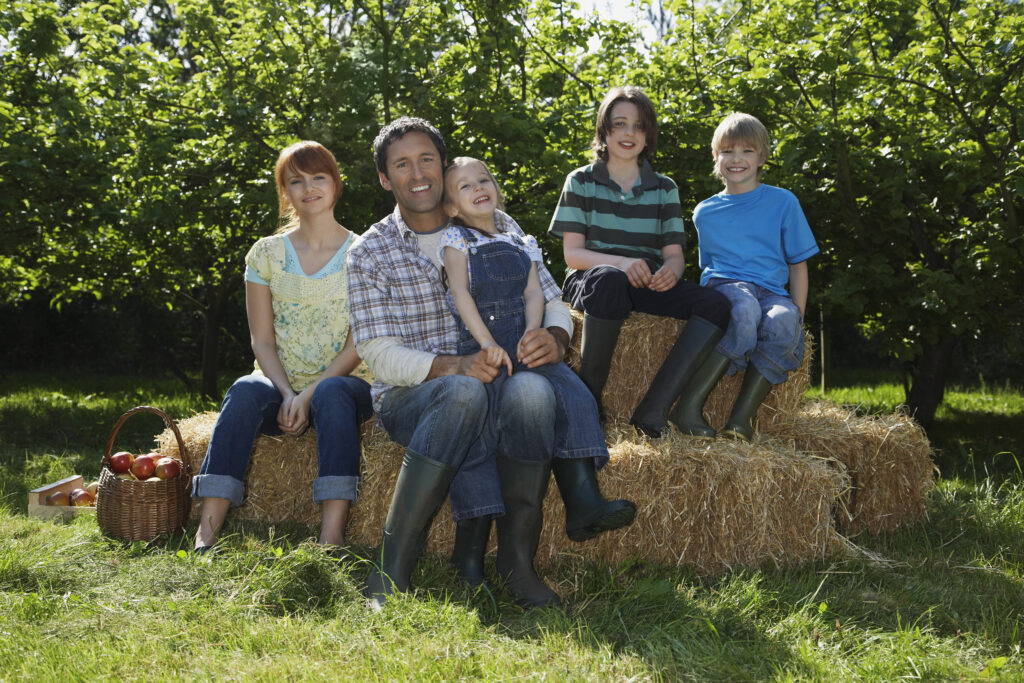One of the tough questions when looking at succession planning is how to recognise the on-farm contribution of children who’ve stayed working in the business.
For National Manager of Agribusiness Wealth at National Australia Bank, Bill Adams, putting a dollar value on this ‘sweat equity’ can help to explain estate planning decisions to the children who’ve left to pursue other careers.
“It’s common for at least one child to reach a level of involvement in the farm where they’re contributing to the growth and development of the business,” Mr Adams said.
“Let’s say that happened 10 years ago. Since then, the fair market value net worth of the business has increased from $2 million to $3 million.
“If the estate was to be divided equally between three children, $1 million would be left to each.
“However, the contributions from the three children toward the success of the farm business over the past 10 years may not have been equal.”
Mr Adams said the family can recognise the contribution of the on-farm family member to the increased value of the business by placing an arbitrary dollar value on it. On top of that, recognition can be given to foregone wages of the on-farm children.
“Each family situation will be different. One family may decide that their successor had contributed to only ten percent of the growth, while another may put a value of 80 or 90 percent.
“Once you’ve worked out how much the ‘sweat equity’ has contributed to the growth of the farm, you can allocate that amount to the on-farm child, and divide the rest between all of the children.
“In the example above, if the on-farm child’s contribution to growth and forgone wages are 60 per cent of the increased value, they would receive a share worth $1.4 million, while the other two children would each receive $800,000.
“This is a basic example to explain the ‘sweat equity’ concept, but there are many other things to consider, especially maintaining farm viability and ensuring on-farm children have the business skills to manage the farming operation.”
Mr Adams said the current business owners are in the best position to evaluate the contribution of the on and off-farm children and adjust the compensation accordingly.
“As long as everyone in the next generation understands the method and calculations used and how the estate is to be distributed, then hopefully family harmony will prevail.
“The most important thing is to get started, and the earlier the better,” Mr Adams said.
NAB have been up-skilling its agribusiness managers to give them the capability to assist farmers start the process of succession planning.
The bank is also working with Next Rural, a specialist company that provides services in managing the complexities of rural family owned businesses and the challenges they face throughout their business and personal life cycle.
Agribusiness View provides the latest insights from NAB Agribusiness. Visit nab.com.au/agriview to sign up as well as to find the contact details for your nearest NAB Agribusiness Manager.
Important Note: Any advice in this editorial has been prepared without taking into account your objectives, financial situation and needs. Before acting on this advice, you should consider its appropriateness to you.
About NAB Agribusiness
National Australia Bank (NAB) Agribusiness employs more than 620 agribusiness banking specialists in 110 metropolitan and regional locations Australia-wide. The Agribusiness team use their local and industry knowledge to better understand the unique environmental and economic needs of farmers and businesses beyond the farm gate – whether they provide inputs into agriculture or process, distribute or market primary produce. NAB’s flexible range of agribusiness products and services is delivered by listening to and working with customers, to tailor the best packages and advice for their businesses. For further information please visit www.nab.com.au/agribusiness.




